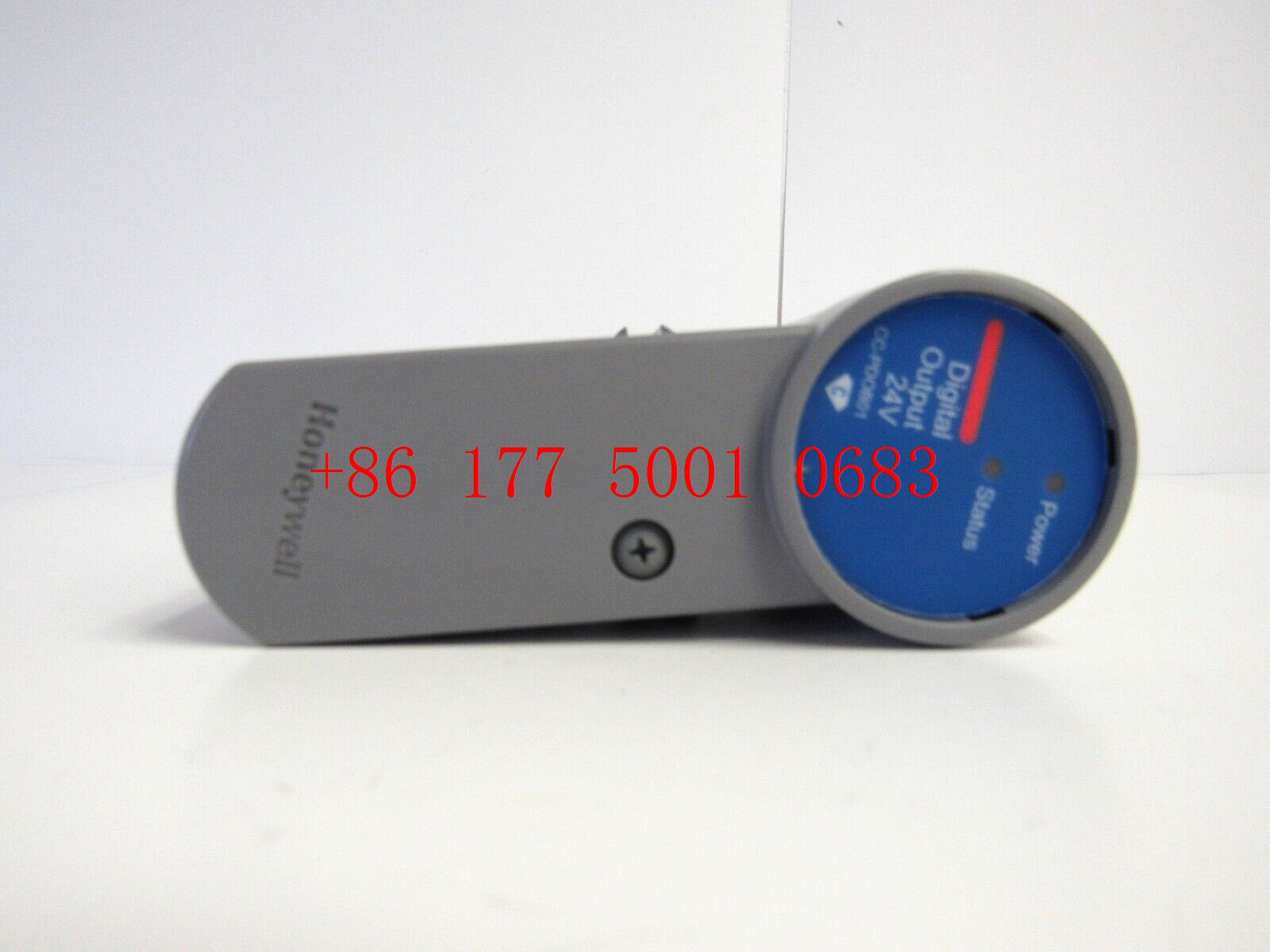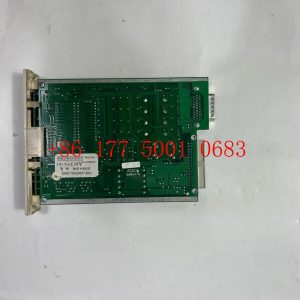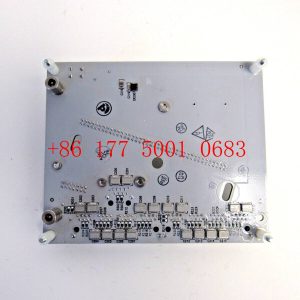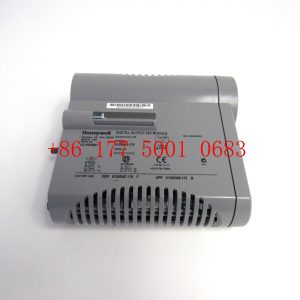Description
hardware flow control. It is an ideal choice in the field of industrial automation.
Figure 4 Tool Framework
2.3Smart component creation
Call the Rotator component: This component is used to allow the rotatable grinding rotor to rotate during simulation to simulate the real grinding scene. In the
parameters of the Rotator component, set the reference to object, the reference object to the frame l, and the object to a copy of the rotor. (2) The rotary grinding rotor
can be rotated, and the speed is l20mm/s (the speed of the grinding head will affect the quality of the finished product) ), the reference center axis is: axis (based on frame
l, centerpoint x, y,: set to 0, 0, 0, Axis set x, y,: 0, 0, l000mm).
Call the Attach component: This component is used to allow the rotatable grinding rotor to be integrated with the tool body. When the tool body is installed
on the flange, it can follow the movement of the flange. In the parameters of the Attach component, set the sub-object to be a copy of the rotor (2) for the rotatable
polishing rotor, and the parent object is the tool body of a copy of the rotor. The offset and orientation are
based on the offset of point B relative to the origin. For setting, you can use the measurement tool in Robotstudio software to measure, and then set the parameters
after measurement.
Verification: Install a copy of the rotor tool body onto the robot flange, and then click Execute in the Attach component. You can observe whether the position of the
rotatable grinding rotor is correct at this time. If there is a deviation, adjust the position in time, as shown in the figure. 5 shown.
Figure 5 Tool installation
2.4 Create tool coordinate system
Use the six-point method to create the tool coordinate system Too1data on the robot teach pendant at the center of the rotor. Change the tool coordinate
system to Too1data in the basic options. At this time, click on the robot manual linear and you can drag the robot to move linearly at will.
2.5 Creating trajectories and programming
Determine the trajectory: According to the requirements of the work task, design the grinding trajectory around the workpiece and determine the trajectory
points and transition points required for the grinding trajectory. The grinding action process is shown in Figure 6.
Setting I/O and programming: Yalong IY-l3-LA industrial robot deburring and grinding system control and application equipment adopts 0sDC-52 6/o
communication board, the address is 10, Do1 is the digital output signal, the address is 1 . First set the I/O board, then set the I/O digital output signal Di1,
and then program on the simulation teaching pendant. The procedure is as follows:
PRoCmain()
setDo1: Set the Do1 signal to allow the external grinding rotor to start rotating.
waitTime1: The robot stays in place and does not move, waits for 1s, and lets the polishing rotor turn to the specified speed, transition
MoveAbsjjpos10NoEoffs,v1000,z50,Too1data1: The robot moves to the initial point jpos10 above point p10. Point jpos10 is used as the starting
point and end point of the robot”s action.
Move4p10,v1000,z50,Too1data1: Move straight line grinding to point p10
Move4pL0,v1000,z50,Too1data1: Move straight line grinding to pL0 point
Move4p30,v1000,z50,Too1data1: Move straight line grinding to point p30
Move4p40,v1000,z50,Too1data1: Move straight line grinding to p40 point
Move4p10,v1000,z50,Too1data1: Move straight line grinding to point p10
MoveAbsjjpos10NoEoffs,v1000,z50,Too1data1: The robot moves to the initial point jpos10 above point p10
waitTime1: wait 1s, transition
ResetDo1: Reset the Do1 signal to stop the rotor ENDPRoC
2.6 Simulation design and verification
Simulation design: Create a smart component to input the Di1 signal, and use the Di1 signal to simulate the external polishing start signal to
execute the Rotator component and Attach component of the smart component to achieve the visual effect of rotating and polishing the polishing rotor.
In the workstation logic design, the smart component input Di1 signal is associated with the robot Do1 signal, so that the robot signal Do1 can control
the smart component input Di1 signal, thereby controlling the start and stop of the rotation of the polishing rotor.
Verification: In the program of the teaching pendant, first set the pp command to move to Main, and then set the robot startup mode to automatic.
Click play in the simulation of Robotstudio software to verify whether the trajectory is consistent with the assumption, and optimize the path in time for
problems existing in the simulation.
3Summary and outlook
This design is based on the programming simulation of the Yalong Y4-1360A industrial robot deburring system to control the grinding robot workstation.
It covers aspects such as creating a workstation, setting
up tools, creating smart components, creating tool coordinate systems, creating trajectories, programming, simulation design, and verification. Starting
with it, the polishing simulation of the workstation is realized through the smart component function of Robotstudio software. The animation effect is intuitive
and lifelike, which not only facilitates teaching demonstrations, but also facilitates program debugging, and has application value for both production and teaching.
In the planning and design of the workpiece grinding trajectory, according to the different roughness and grinding amount process requirements of the
workpiece, the rotation speed, feed speed, feed amount, and grinding angle of the grinding rotor are also different. The feed amount can be adjusted in
time according to the on-site conditions. , feed speed, rotor speed, grinding angle and other parameters. After appropriate adjustments, the motion trajectory is written with the
corresponding program on the Robotstudio software to further reduce the possibility of robot collisions and singular points contained in the trajectory
during the actual debugging process. ,Optimize paths and improve debugging efficiency.
https://www.xmamazon.com
https://www.xmamazon.com
https://www.plcdcs.com/
www.module-plc.com/
https://www.ymgk.com
IC754CKF12CTD operator interface device
IC754CKF08CTD 8″ color TFT display
IC754CGL06CTD TFT color touch screen terminal
IC754CGF08CTD operator terminal
IC754CBL06MTD QuickPanel
IC754CBL06CTD GE operator interface
IC754CBF15CTD micro computer interface device
IC754CBF12CTD General Electric Quick Panel
IC754CBF08CTD operator interface
IC754VBF15CTD 15 inch TFT screen
IC200ALG262 8-point analog current input module
LENZE EPZ-10203 Extension Board
MICROSET CP-9200SH/SVA Series SVA Servo Module
ALSTOM TRVC062105000 TRVC070938000 TRVC070938005.A
ALSTOM SDK-C0167-1 12004-08-01 SBS07M076B
ALSTOM SDK-C0147 12004-101-00 SBS04M17C
ALSTOM NRD109475 8RDA44670G01 SA44670.E
ALSTOM NRD108034 8RDB44674G01 SA44674.C
ALSTOM NRD108033 8RDC44667G01 SA44667.C
ALSTOM NRD108031 TRVC070999000 BOTTOM
ALSTOM NRD108028 8RDB43655 SA43655.E
ALSTOM N897163510Q N897163050Q MODEM N897163100U
ALSTOM N897093511D N897093051D DIAGNOSTICA N897093400H
ALSTOM N897092520B N897092057Y TRENO N897092500E
ALSTOM N897066510E N897066010M AOVD N897066000A
ALSTOM N895609510K N895609010R E32OUT N895609100P
ALSTOM N895600512D N895600051C ECPU_1 N895600200Q
ALSTOM N895313512X N95313012D SUP-AL N895313000R
ALSTOM MLU VER.A01 controller
LWN2660-6EG 3BHL000986P7002 DIN Rail Power Supplies POWER SUPPLY
HIMA F8627X 984862765 communication module
HIMA F8621A 984862160 CPU Module
ALSTOM CMU 42015-115-00 module
ABB CI858K01 3BSE018135R1 DriveBus Interface
ALSTOW ANAFAZE CAS200 alert scanner
ALSTOM 730475-D ELEMENTS-F2 PCD board
ALSTOM 42011-106-00 A01 ITC_VIOM_VIOC VER.A01
ALSTOM 12004-102-01 VPS BOARD VER.C
HIMA H51q-HRS B5233-2 997205233 central rack 19 inches, 5 HU
HIMA H51q-H B5233-2 997235233 central rack 19 inch, 5 HU
A-B 1746-TB3G terminal base
1794-ASB Flex I/O Communication Adapter
A-B 1794-OB8EP Flex I/O Digital DC Output Module
Allen-Bradley 1794-IE8 Flex I/O analog input module
A-B 1794-IR8 Flex I/O RTD Module
Allen-Bradley 1794-IB16 FLEX I/O Input Module
Schneider TSX3721101 Modular Base Controller 24 V
Allen-Bradley1756-EN2T EtherNet/IP Bridge Module
1756-IF16 ControlLogix Analog Input Module
Allen-Bradley 1756-PA72 ControlLogix Standard Power Supply
1756-A7 Small and compact chassis
S22460-SRS S200 Brushless Servo Driver
KSD1-08 KUKA 00-122-284 Servo Module








Reviews
There are no reviews yet.